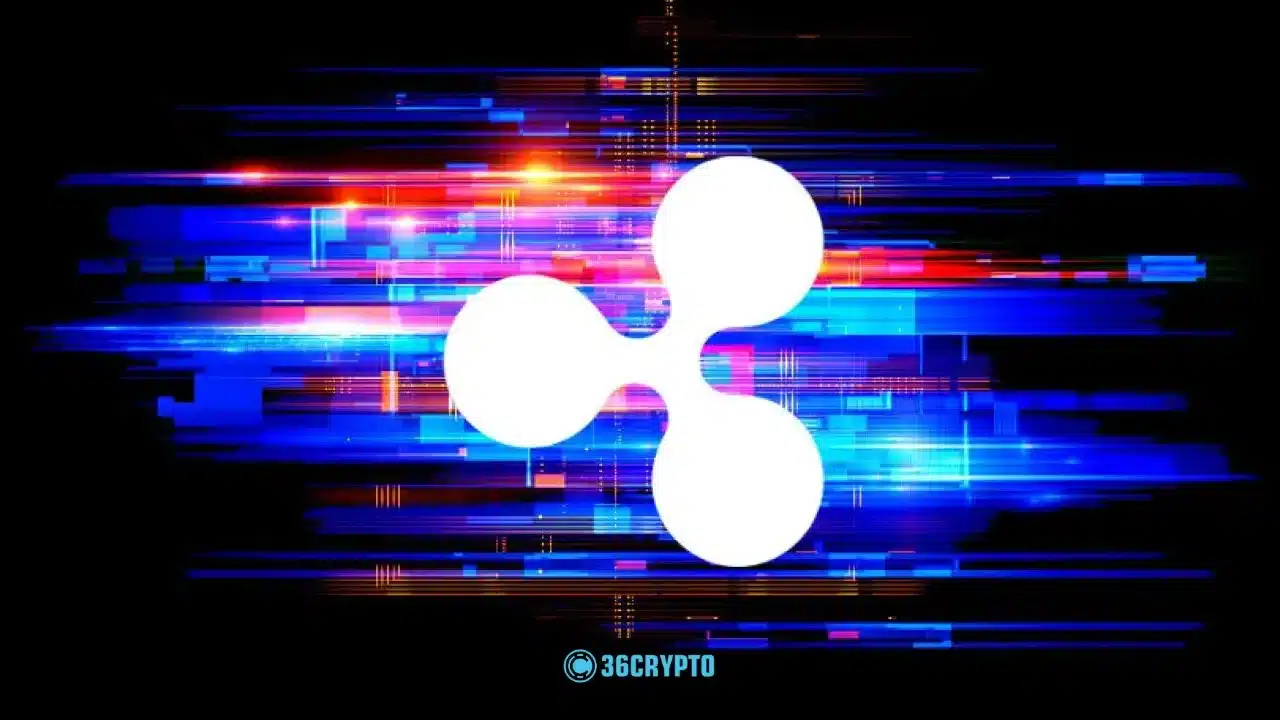According to updates from XRP Investing on X, financial institutions and government bodies across multiple regions are actively trialing the XRP Ledger (XRPL) for real-world financial infrastructure.
The trials range from cross-border payments to central bank digital currencies (CBDCs) and smart contract integration, marking a notable shift in institutional blockchain adoption.
UBS became one of the first major banks to join RippleNet in 2018, while Santander has implemented Ripple’s technology through its One Pay FX platform to enable faster international payments for retail users. Bank of America has been testing XRPL to examine how quickly it handles transactions.
Onafriq’s partnership with Ripple has made the network available in 35 African countries. The goal is to upgrade payment corridors across Africa by utilizing Ripple’s blockchain. Archax is developing a method for tokenizing real-world assets in the United Kingdom through Ripple.
Through this collaboration, Ripple hopes to allow users to send Ethereum-compatible smart contracts to the XRP Ledger via a separate EVM sidechain.
🚨🔥THE XRP LEDGER IS BEING TESTED LIKE NEVER BEFORE.
Banks, governments, and fintechs are running live trials—some winning, others failing.
This is your full breakdown of every XRP, XRPL, and Ripple test in the world. 🧵👇 pic.twitter.com/JFXCBBFOjq
— All Things XRP (@XRP_investing) May 19, 2025
Also Read: Dubai Making Big Moves on XRP Ledger? Expert Breaks Down What’s Happening
XRPL Infrastructure Expands with Technical Upgrades and Regulatory Testing
The XRPL roadmap for 2025 highlights Ripple’s broader ambitions in decentralized finance. The planned EVM sidechain will allow developers to deploy Ethereum-compatible smart contracts.
Meanwhile, the Axelar Bridge will support cross-chain asset transfers between over 50 blockchain networks.
The Hooks Amendment will introduce smart logic at the protocol level, while an Automated Market Maker is being developed for decentralized trading directly on XRPL.
Currently operational in more than 35 nations, including South Africa and Brazil, Ripple’s Liquidity Hub continues to expand its global reach. On this main platform, users can easily buy/sell Bitcoin, Ethereum, and even stablecoins.
It is aimed at institutions, giving them instant access to converting cryptocurrencies into regular currency.
XRPL is being tested by governments in several different environments, including Ripple’s participation in the Financial Conduct Authority’s sandbox in the UK and Hong Kong’s electronic digital currency sandbox as part of the e-HKD project.
The US Department of Justice and FinCEN accept that XRP is a virtual currency, but the XRP law is unclear.
Nevertheless, despite the advances, a few trial cases have come to a halt, with Bhutan’s CBDC pilot introduced in 2021 remaining unchanged so far. Ripple is backing the UK’s Digital Pound Foundation, which states that it will take several years for the Bank of England to make the Digital Pound available.
Conclusion
From Africa to Europe and Asia, banks and governments are testing Ripple’s XRP Ledger for a wide range of financial applications. While not all pilots advance at the same pace, XRPL’s role in global payment and regulatory trials reflects increasing institutional confidence in its capabilities.
Also Read: Bitcoin Below $103K: Solana, BNB, and XRP Join Market Freefall
